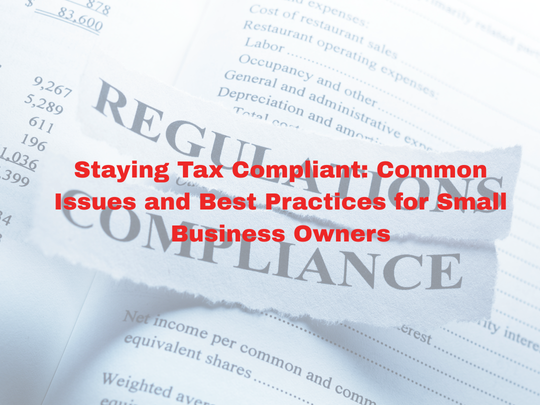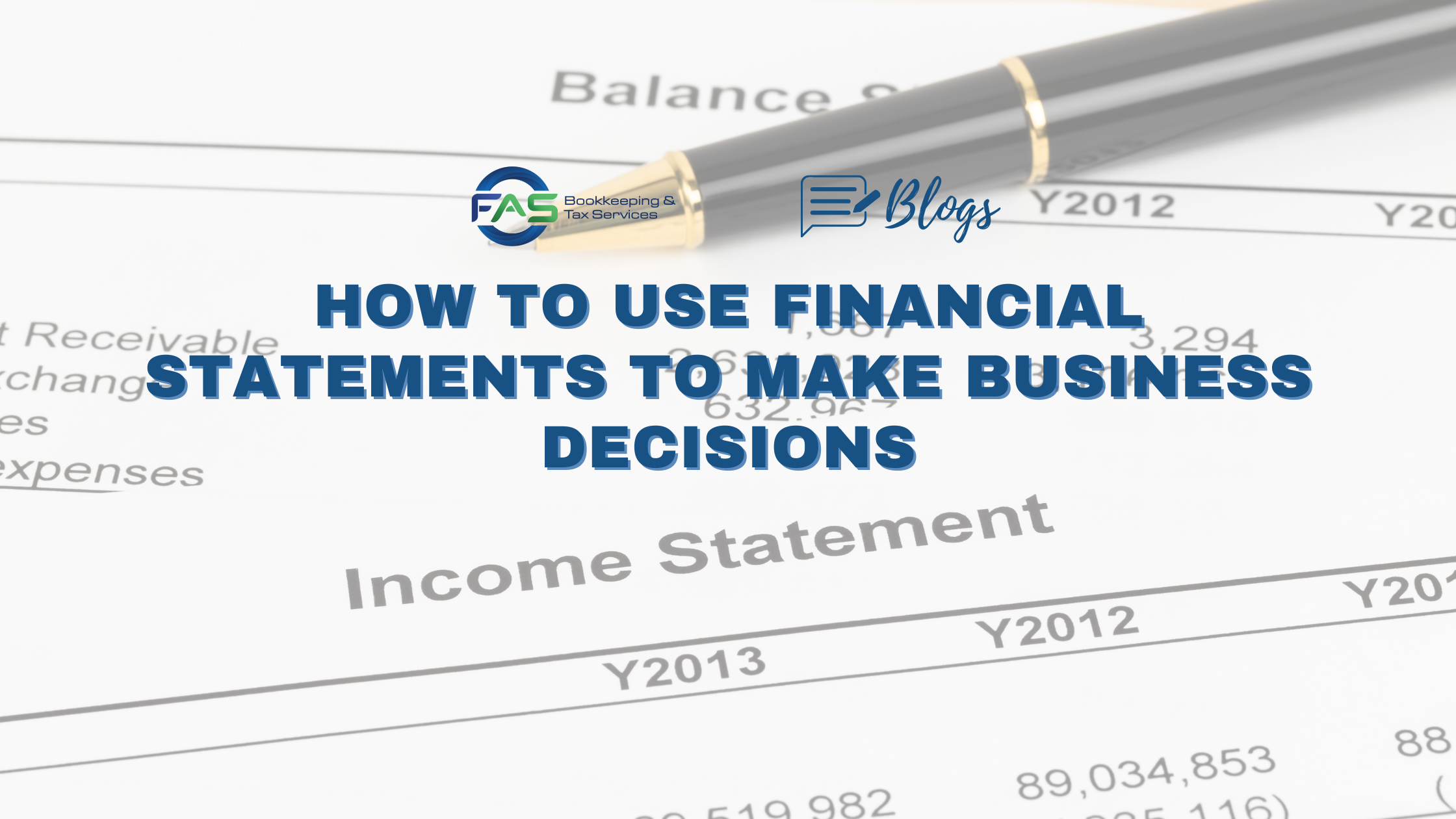How to Use Financial Statements to Make Business Decisions
Financial statements are essential tools for any business, providing a clear picture of an organization’s financial health. Whether you’re a startup, a small business, or a large corporation, understanding how to interpret these documents can help you make informed business decisions. This article will guide you through the key components of financial statements and explain how to use them effectively in your decision-making process.
1. Understanding the Key Financial Statements
There are three primary financial statements that businesses use: the Balance Sheet, the Income Statement, and the Cash Flow Statement. Each provides different insights into a company’s financial status.
1.1. Balance Sheet
The Balance Sheet offers a snapshot of a company’s assets, liabilities, and shareholders’ equity at a specific point in time. It follows the fundamental accounting equation:
Assets=Liabilities+Shareholders’ Equity
Key Insights:
- Assets: Shows what the company owns, including cash, inventory, property, and equipment.
- Liabilities: Lists what the company owes, such as loans, accounts payable, and mortgages.
- Equity: Represents the residual interest in the assets of the company after deducting liabilities. It reflects the owners’ stake in the company.
1.2. Income Statement
Also known as the Profit and Loss Statement, the Income Statement summarizes a company’s revenues and expenses over a specific period. It helps determine whether a company is profitable.
Key Insights:
- Revenue: The total income generated from sales or services.
- Expenses: Costs incurred in the process of earning revenue, including operating expenses, cost of goods sold (COGS), and taxes.
- Net Income: The final profit after all expenses have been deducted from revenue. It indicates the company’s profitability.
1.3. Cash Flow Statement
The Cash Flow Statement provides an overview of the cash inflows and outflows within a company. It is divided into three main sections: operating activities, investing activities, and financing activities.
Key Insights:
- Operating Activities: Cash flows related to core business operations.
- Investing Activities: Cash flows from the acquisition and disposal of long-term assets and investments.
- Financing Activities: Cash flows from transactions involving debt, equity, and dividends.
2. Using Financial Statements for Decision Making
Financial statements are not just for accountants; they are critical tools for managers, investors, and other stakeholders in making strategic decisions.
2.1. Assessing Financial Health
By analyzing the balance sheet, you can assess the liquidity and solvency of your business. Liquidity ratios, such as the current ratio (current assets divided by current liabilities), help determine the company’s ability to pay short-term obligations. A high current ratio indicates good short-term financial health.
2.2. Evaluating Profitability
The income statement provides insight into a company’s profitability. Key metrics such as gross profit margin (gross profit divided by revenue) and net profit margin (net income divided by revenue) can help assess operational efficiency and overall profitability. These metrics are crucial for pricing strategies, cost management, and business growth.
2.3. Managing Cash Flow
The cash flow statement is vital for understanding how cash is generated and used in the business. Positive cash flow from operating activities is a sign of a healthy business. Monitoring cash flow helps in planning for investments, managing debt, and ensuring sufficient liquidity for day-to-day operations.
2.4. Making Investment Decisions
Financial statements can guide investment decisions, such as expanding operations, purchasing new equipment, or entering new markets. By analyzing historical financial data, businesses can project future performance and evaluate the potential return on investment (ROI).
2.5. Risk Management
Understanding the financial statements helps in identifying potential risks. For example, a high level of debt (liabilities) compared to equity may indicate financial risk. Companies can use this information to implement strategies for risk mitigation, such as reducing debt or diversifying revenue streams.
3. Practical Tips for Using Financial Statements
3.1. Regular Review: Regularly review financial statements to stay informed about the financial health of your business. This can help you identify trends, spot issues early, and make proactive decisions.
3.2. Benchmarking: Compare your financial metrics with industry benchmarks to gauge your company’s performance relative to competitors. This can provide insights into areas where your business may need improvement.
3.3. Consult Professionals: While understanding the basics is crucial, consulting with financial professionals, such as accountants or financial analysts, can provide deeper insights and help you interpret complex data.
3.4. Use Financial Software: Consider using financial management software to automate and streamline the process of generating and analyzing financial statements. This can save time and reduce errors.
Conclusion
Financial statements are powerful tools for making informed business decisions. By understanding and analyzing these documents, you can gain insights into your company’s financial health, profitability, and cash flow, helping you steer your business toward growth and success. Whether you’re assessing investment opportunities, managing risks, or planning for the future, financial statements provide the critical data needed to make sound business decisions.





